You’ve certainly convinced me – he has to have foot protection. Ideally, imo, shoes.
But in the current photos, I wonder if there is enough hoof wall to hold a shoe. I wouldn’t want to use nails until the wall grows out more. BTDT have lots of t-shirts.
I think glue-on’s, or boots, on all 4, are where I would start. What’s really nice about the foot he has now is that it looks solid on the outside. It’s all in one piece. Not missing any big chunks, I’m not noticing major cracks.
With a caveat that I’d leave him out and allow a few months (likely, maybe weeks) to transition his feet. I think you do have a good instinct that this is much better pschologically, happiness being a horse, and for overall health. My goal would be to gradually get a healthier foot, allowing time for growth, and work toward no or minimal foot protection, while living out.
You couldn’t see this coming. I get the feeling of despair. But really it isn’t warranted, because there is a way forward. This is a transition to a better life for this horse in a more natural environment.
Boots are a good idea if they work for you. Where I was, there was a lot of grass on sandy loan soil. The boots took in a lot of sand and dirt, even with proper fit and some bandaging/tape of the top. The sand was that fine and granular that there was no sealing it out of a horse using his foot in a grazing situation and natural activity (ok running a few times a week to re-establish that he was the fastest in the herd for quality of life reasons  ).
).
The other thing about boots is that the correct size will change as the foot grows out to a better overall shape. It is very expensive to keep buying boots that truly fit, especially for all 4 feet! The cost of boots vs glue-ons made glue-ons a better option for me.
A good thing about glue-on’s (and boots) is that, especially with a foot that limited, you can do them yourself (theoretically). With so little hoof left, honestly you can get a rasp and do the very minimum to just make it compatible with the glue-on. I actually would not want a farrier thinking they have to give me my money’s worth and rasping away at that little bit of hoof edge.
The last time I used glue-on’s was 2018, and the application may have changed a bit. However at the time, mixing the glue and getting a good seal wasn’t always easy. You have to do it on the right surface. It also left some big ugly stains on the barn floor. And your horse has to cooperate, especially if you don’t have another person to help hold.
So – if you decide on glue-on’s, read the instructions carefully, think about the best place to leave stains, and plan ahead for the details, from mixing glue to application on foot to horse behavior. Once I got the routine down I could do them by myself with reasonable efficiency.
Then, whatever is on his feet, I’d put him back out with the herd. Unless everything you put on his foot just drops off on the daily, I’d try to leave him out. If you have to occasionally tinker with boots and glue-on’s that need adjusting, or lost, that’s part of the transition process.
You already know that it could take 6 months to a year to grow out the foot as much as we want. With luck he can go back to shoes before then, BUT not if nail holes are non-conducive to a sound solid hoof as it grows out.
Here is another idea for you that isn’t ideal, when there isn’t an ideal to reach for. In periods where nothing is working, protect his feet part of the time with things like airboots (so expensive), but not necessarily all day every day, due to wear. Let him wear them when he’s most sore. Then move him to the other alternatives. With bute as needed.
[I kept a box of representative samples of all the alternatives I used on my horse’s foot for the most difficult 12 months or so. The Collection, as I call it. I like to show it to farriers. They respond with a slight indulgent grin.  ]
]
I totally relate to the struggle! To feeling like nothing is working! Wanting the horse to be in a more natural setting where he can thrive as a horse – but then it snaps back in a body part that isn’t functioning well. We do what we can, we make the best compromise possible, in the interests of the horse. Hopefully we reach a point of maintaining on a steady routine.

 Don’t focus on those that didn’t work, or didn’t work right away, and while ignoring those that turned out well.
Don’t focus on those that didn’t work, or didn’t work right away, and while ignoring those that turned out well.


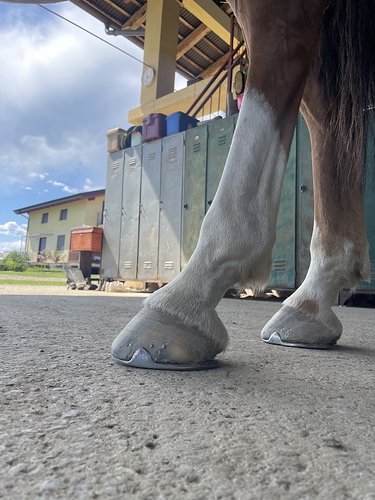
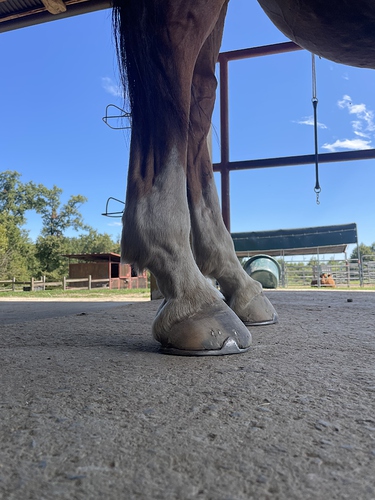

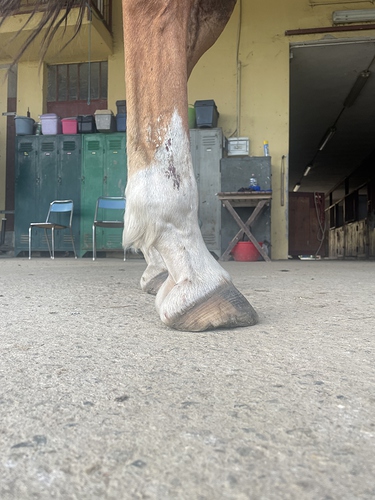

 Since then, foot/hoof health is an ongoing situation for him. But that doesn’t make me an expert, just … seasoned, to a degree.
Since then, foot/hoof health is an ongoing situation for him. But that doesn’t make me an expert, just … seasoned, to a degree. 
 .
.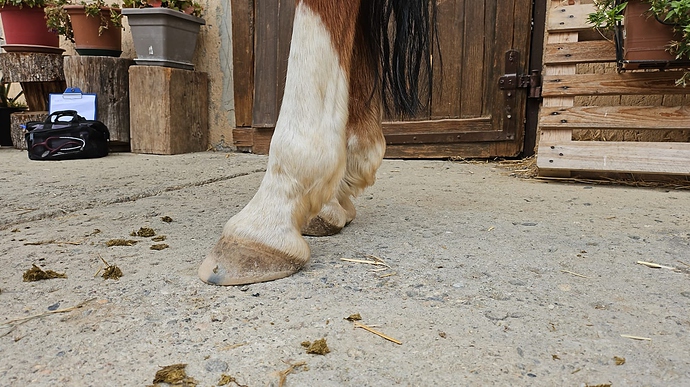
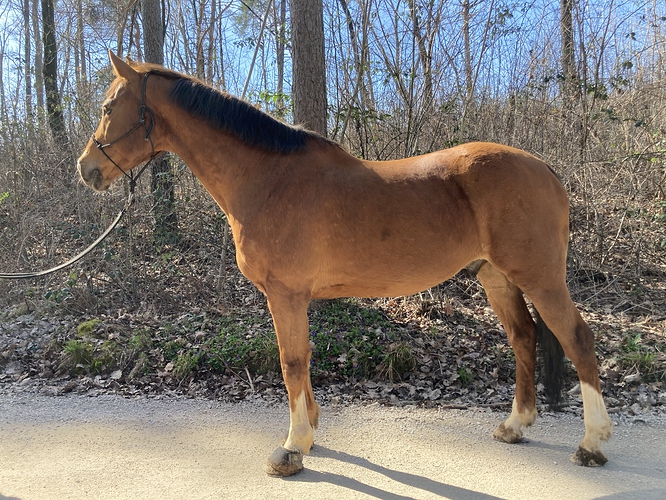
 ]
]